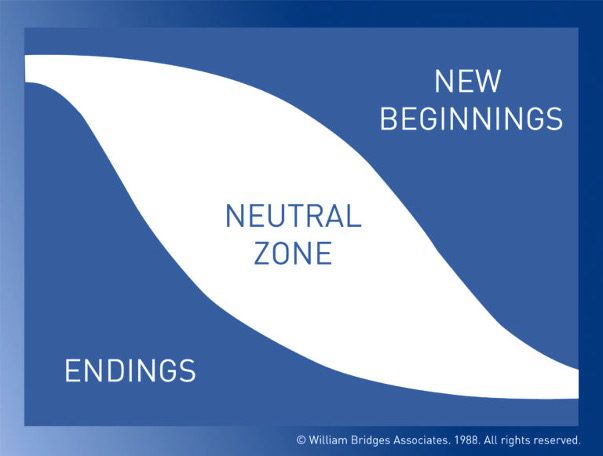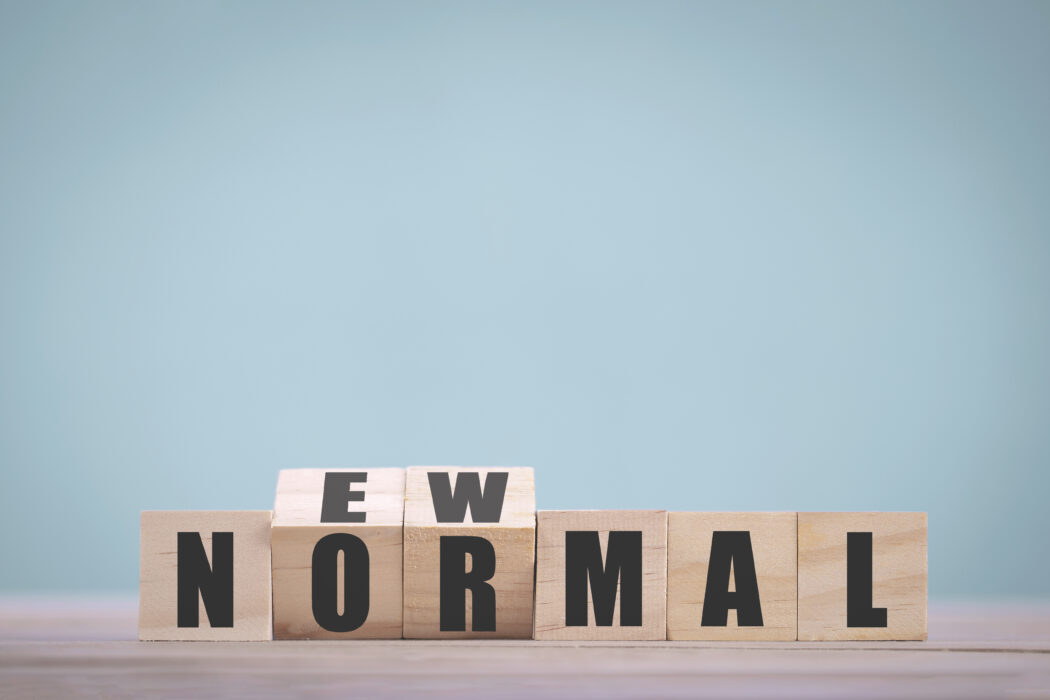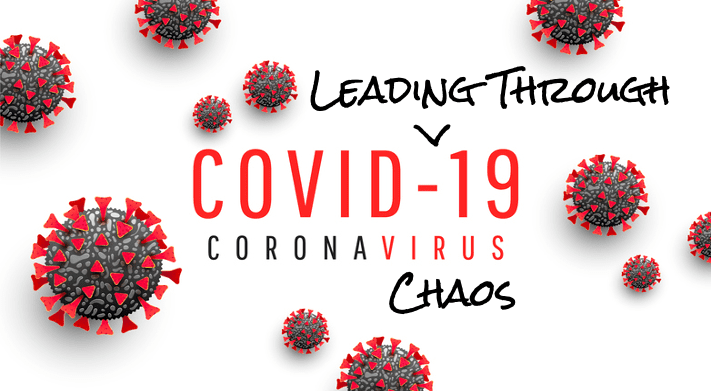Leadership in a Post-Covid Era
When Covid hit, we were writing and talking about the “new normal” and that we were in, as William Bridges calls, the “neutral zone” leading to new beginnings. I referenced Bridges framework to help our clients understand what was going on in both their personal and professional lives. As the mask mandates continue to go away and we head back to work, it’s helpful for us as leaders to ponder the question of whether leadership has changed or perhaps not?
We have been asking ourselves the same question. Has anything changed permanently? Are we back to the old normal or is there really a new normal? To answer this question, we did a “lit search” to identify what is trending in the workplace – what people are talking about? What will be the competencies, skills, practices that we need to embrace and develop to drive our success? Her research may surprise you. Top of the list? Empathic leadership.
#1: Empathic Leadership
Empathy and support of others continues to be on the top, particularly when the context in which people are working includes high levels of complexity, uncertainty, and change. I don’t know about you, but I think we can all agree that things have gotten more complex, uncertain, and unpredictable. One of the skills noted was the practice of curiosity – which is foundational to creating cultures of empathy.
Other findings showed that empathy is not only about emotional empathy (understanding the struggles, challenges of managing a home front on top of work), but empathy is also about cognitive empathy which is really about engaging others to help us see things differently. To help us view problems through a different lens, evaluate threats that we may not see, etc. Another practice to develop greater levels of empathic leadership included learning how to give direct, clear and constructive feedback while having a greater level of awareness in how the feedback is being received; and then making it safe for team members to have healthy debate in service to the best possible solution.
#2: Empowering Teams through Purpose and Clarity
Ranked as #2 is leading in a way that empowers teams by having a clear purpose (why we’re doing what we’re doing) and being clear on expectations. The ability to communicate clear expectations and link those expectations to why they are important is key. Another practice that showed up is the team leader’s ability to communicate the value proposition underlying the work that is being done to ultimately inspire, energize, and create a sense of pride. This last practice was a big driver of engagement and increased performance.
#3: Developing Resilient Organizations
Coming in at #3 was resilience. Given all that we’ve been through, this is not a big surprise. What surfaced was the importance of leaders managing their own stress and adapting to challenging, “overloaded” environments. For this to happen, leaders need to increase their levels of self-awareness, so they are more aware of when they kick into overdrive and/or demonstrate reactive tendencies. Another aspect of developing resilience was connected to the leader’s ability to balance optimism and realism while acknowledging challenges and focusing on where the business is going.
And so, as we continue our journey into this new normal, we all need to step back and evaluate what we need to do differently. Perhaps our pre-pandemic leadership playbooks may need to have a few pages added.
Leading Through Chaos: Embracing the Neutral Zone in Transitions
As we’re starting to move from COVID-19 crisis management and stay-at-home orders, the conversations are shifting-they are more hopeful and encouraging, but cautious. Transitioning to the new normal will undoubtedly be a slow process. And questions abound as to what the “new normal” will look like at home, at our jobs, in our communities, and for our world more broadly.
As we’ve been working with leaders to help them navigate this sea of uncertainty, Bridges’ Transitions Model has provided a particularly helpful framework. Around for almost thirty years, the model helps leaders and organizations understand how to transition from old paradigms and mindsets to new models and ways of being. The model is insightful because it talks about transitions rather than changes. Changes are external and often beyond our control; they are situations and events. Transitions, on the other hand, are internal and within our control; they are how we react to changes. COVID-19 is a (major) change-how will we transition?

Applying Bridges’ Transition Model to the COVID-19 crisis, most of us are now in the neutral zone. We understand there are changes, and the novelty of the situation has started to wear off. We are looking ahead and asking questions. But while there may be a tendency to rush straight through to the end zone, the neutral zone actually poses an opportunity for innovation and thinking anew about how we work and live.
For leaders today, we should use this neutral zone as a time to reflect, explore, and be curious about our prior ways of doing things. Are there opportunities to improve, innovate, and adjust? It is no coincidence that some of the most cutting-edge companies have birthed new creations through chaos in their transition to a new normal.
So, if you’re working with teams, embrace the neutral zone as a field of opportunity to explore new options. Searching for new opportunities may not mean a complete restructuring of your business. It may be as simple as small changes to drive customer value or boost efficiency, or even resolving to do more of what you love.
If anything is certain with COVID-19, it’s uncertainty. Let’s not accelerate too quickly toward our new beginnings. We may miss a golden opportunity to bring something really amazing into the world, our organization, our teams, or our families.
To learn more about making the most of change, you can check out William Bridges’ book, Managing Transitions on Amazon or find a helpful summary here.


